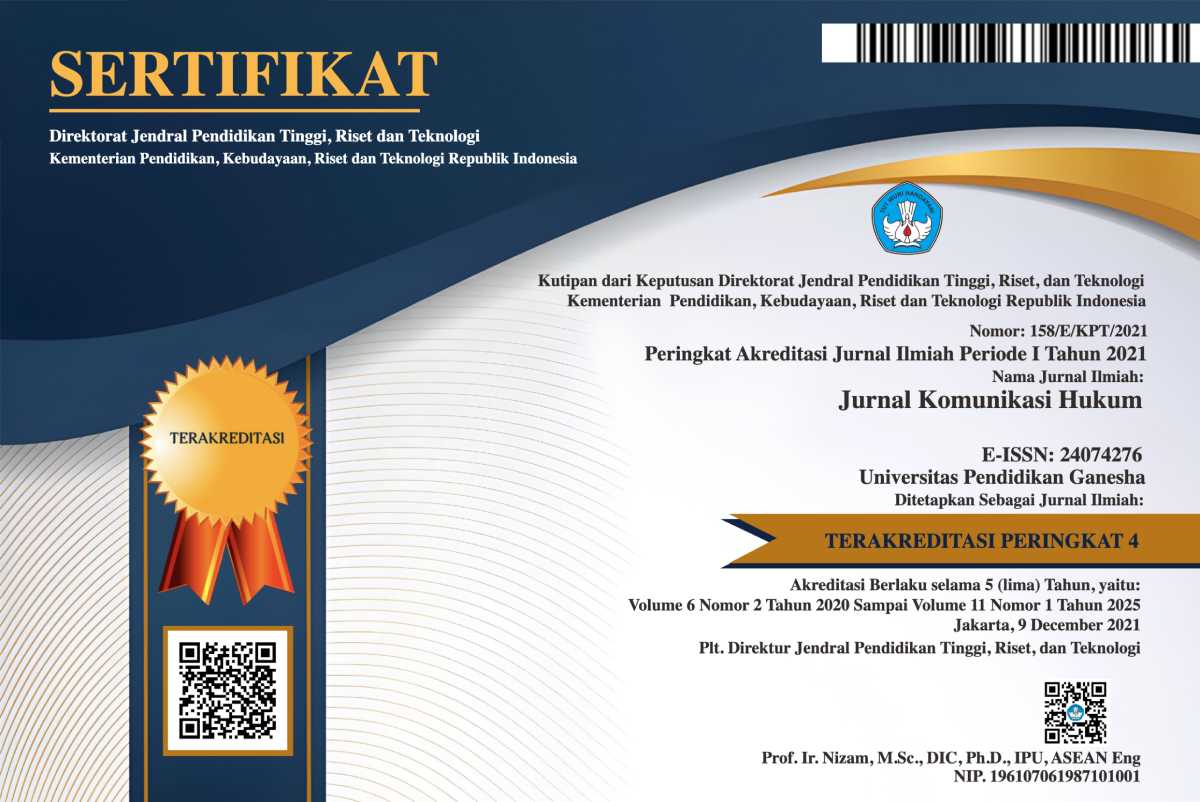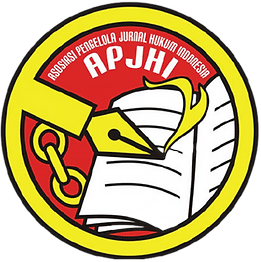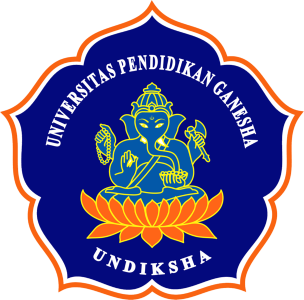KAJIAN HUKUM PELANGGARAN LALU LINTAS ANAK DI BAWAH UMUR DI INDONESIA
Abstract
Judicial Review of Underage Traffic Violations Based on Law no. 12 Road Traffic and Transportation Law No. 22 of 2009 Regarding road traffic and transportation, it discusses the phenomenon of minors driving a lot of private cars on the roads. This phenomenon is included in cases of violation of the law. Accidents are also possible on August 22 2009, because the awareness of minors to engage in driving is still low. The purpose of this research is to find out what violations are committed by minors while driving, and how the legal review is seen from the perspective of Law no. 22 of 2009, and what factors are behind the rampant phenomenon of minors driving private cars. The research method used is normative jurisprudence, and the method used is library research. The data source used is the primary data source, Law no. 22 of 2009, and secondary sources obtained from reference sources in the form of books, scientific articles and previous research that support the research topic. The results of the study show that the number of underage drivers is because parents support their children using private cars because they are considered more efficient and effective, and school support is reflected in the provision of special, environmentally friendly parking lots and comfortable vehicle facilities, such as motorcycle technology. Common violations committed by underage drivers include not wearing a helmet, dimmed lights, absence of rearview mirrors and other driving safety equipment, physical vehicle that does not pay attention to safety, driver's license, vehicle registration and other violations such as an incomplete driving license, including violating traffic signs, ignoring traffic police, driving against the flow, parking in the middle of the road, turning without turning on the turn signal, driving in a group that exceeds the vehicle's capacity. Article 77 concerning possession of a driving license regulates reviewing traffic violations committed by minors and Article 2 81 regulates a maximum prison sentence of 4 months or a maximum fine of IDR 1,000,000. However, in practice, sanctions are given in the form of corporal punishment, reprimands, confiscation of vehicles and counseling for children and parents.
Downloads
Published
How to Cite
Issue
Section
License
Authors who publish with this journal agree to the following terms:- Authors retain copyright and grant the journal right of first publication with the work simultaneously licensed under a Creative Commons Attribution License that allows others to share the work with an acknowledgement of the work's authorship and initial publication in this journal.
- Authors are able to enter into separate, additional contractual arrangements for the non-exclusive distribution of the journal's published version of the work (e.g., post it to an institutional repository or publish it in a book), with an acknowledgement of its initial publication in this journal.
- Authors are permitted and encouraged to post their work online (e.g., in institutional repositories or on their website) prior to and during the submission process, as it can lead to productive exchanges, as well as earlier and greater citation of published work (See The Effect of Open Access).
Authors who publish with this journal agree to the following terms:
- Authors retain copyright and grant the journal right of first publication, with the work [SPECIFY PERIOD OF TIME] after publication simultaneously licensed under aCreative Commons Attribution License that allows others to share the work with an acknowledgement of the work's authorship and initial publication in this journal.
- Authors are able to enter into separate, additional contractual arrangements for the non-exclusive distribution of the journal's published version of the work (e.g., post it to an institutional repository or publish it in a book), with an acknowledgement of its initial publication in this journal.
- Authors are permitted and encouraged to post their work online (e.g., in institutional repositories or on their website) prior to and during the submission process, as it can lead to productive exchanges, as well as earlier and greater citation of published work (See The Effect of Open Access).











